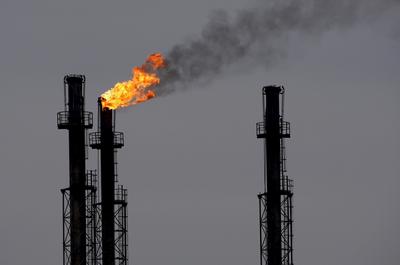Symmetry between prices of gold and crude oil coming apart

A five-year symmetry between international prices of gold and crude oil is coming apart with investors drifting away from the yellow metal as their risk aversion diminishes. Historically, both these commodities had positive correlation, with their prices moving in tandem in either direction. However, the 120-day correlation between crude oil and gold turned negative for the first time in five years since March.
The average correlation in the past seven years between spot gold and the West Texas Intermediate (WTI), one of the major benchmarks for crude oil, has been a positive 0.34, but this relation is drifting towards the negative zone, as investors start to regain their confidence and move away from gold, which is considered a safe haven. At the same time, they are buying crude oil as gradual economic recovery globally is expected to boost energy consumption.
“Crude oil and gold prices are coming apart as investors perceive that the world is not likely to go in doldrums in the near future,” said the global head of commodity and structured trade finance at an MNC brokerage. “The investment in gold increases with increased risk perception in the market as it is considered a safe heaven. But, with risk easing across the asset class gold is losing momentum and crude oil is perking up with pick up in GDP growth globally,” he added.
The correlation measure shows how two variables are related and it ranges from plus one to minus one. If the measure is plus one, it means both variables move in perfect symmetry while minus one shows a complete lack of symmetry. The correlation between crude and gold peaked at 0.62 in July 2010.
Crude and gold have moved together for the past five year as investors sought to diversify into commodities from equities and bonds. But now, globally, investors are buying crude oil and selling gold. Gold holding of exchange-traded funds has reached 1,714 metric tonnes, its lowest since July 2009.
Meanwhile, the International Energy Agency (IEA) raised forecasts for global oil demand in 2014 by 65,000 barrels a day, following strongerthan-expected growth in the first quarter in developed countries.
Source: economictimes






























